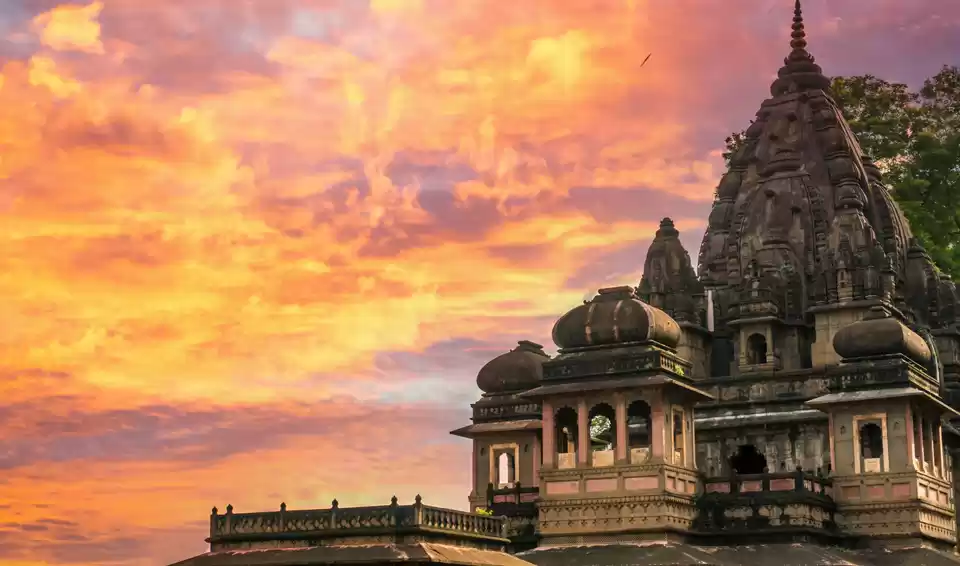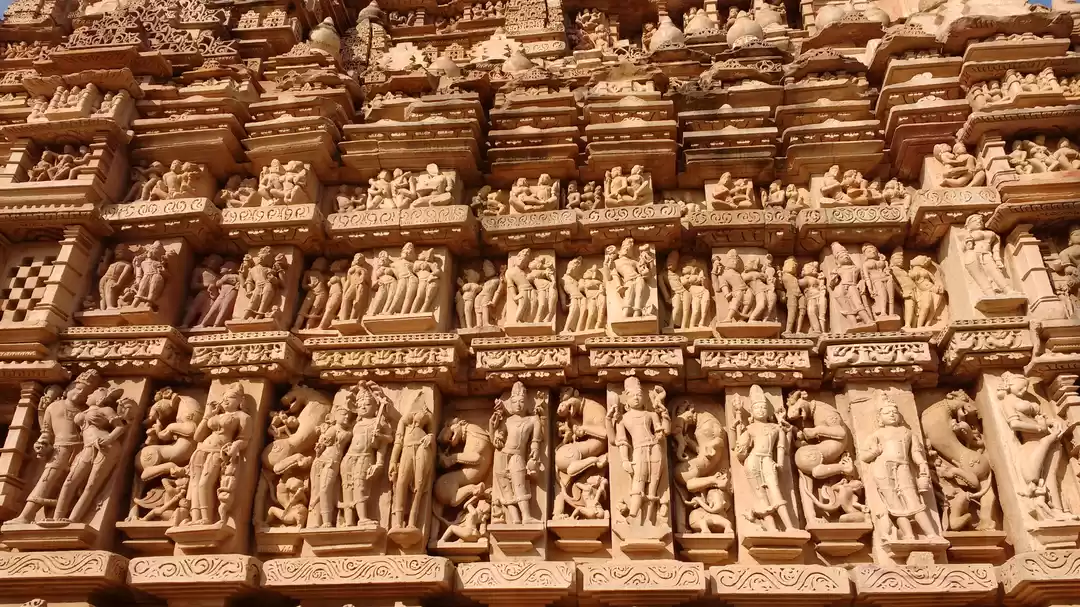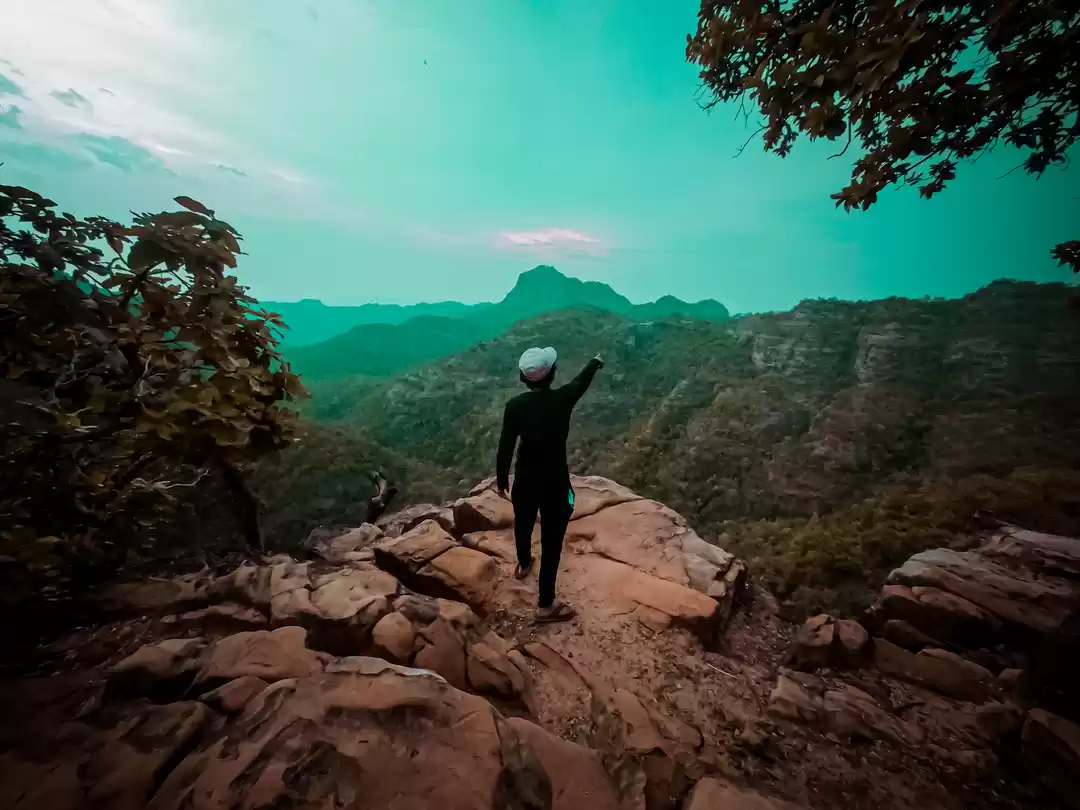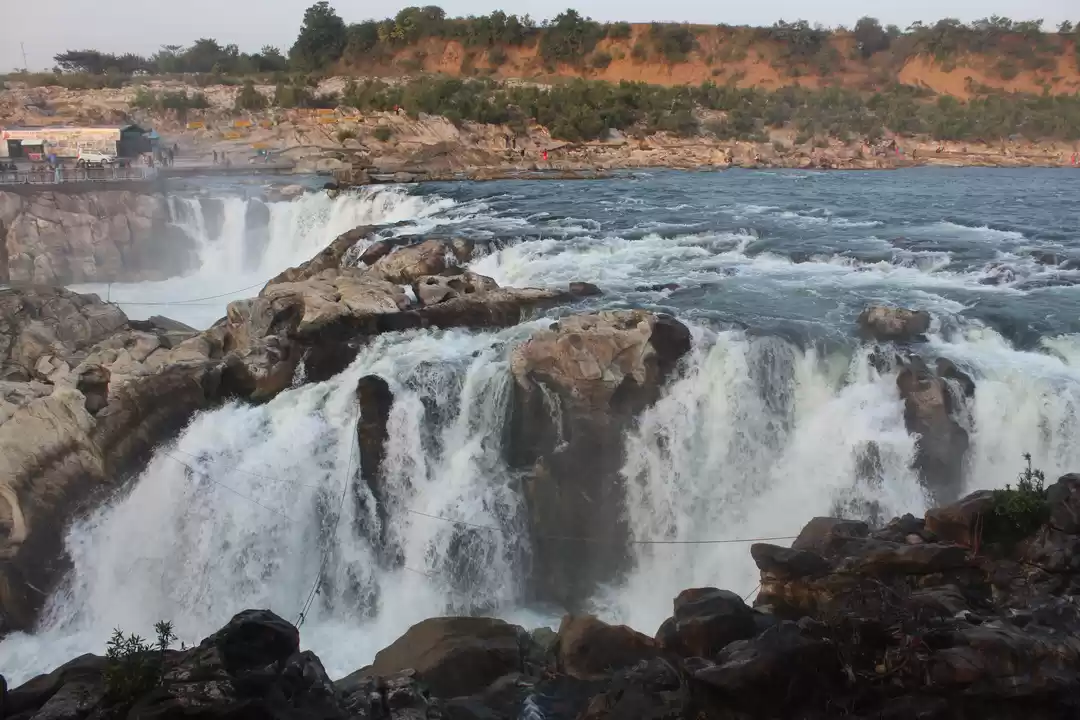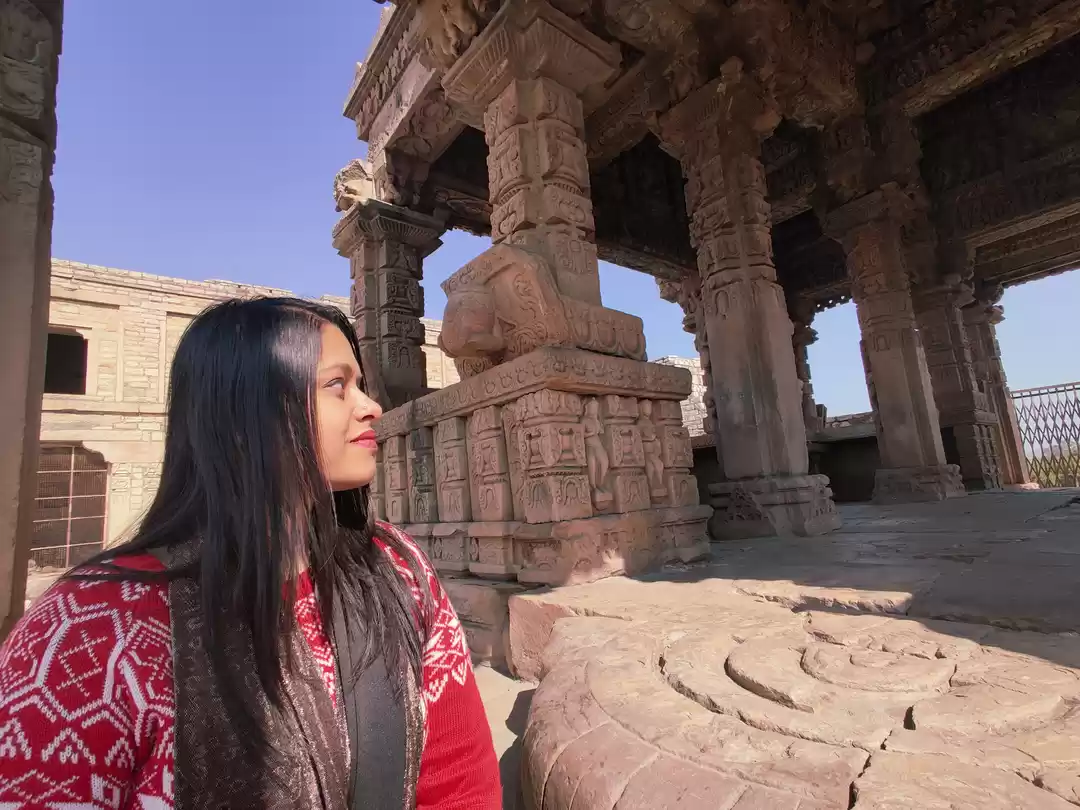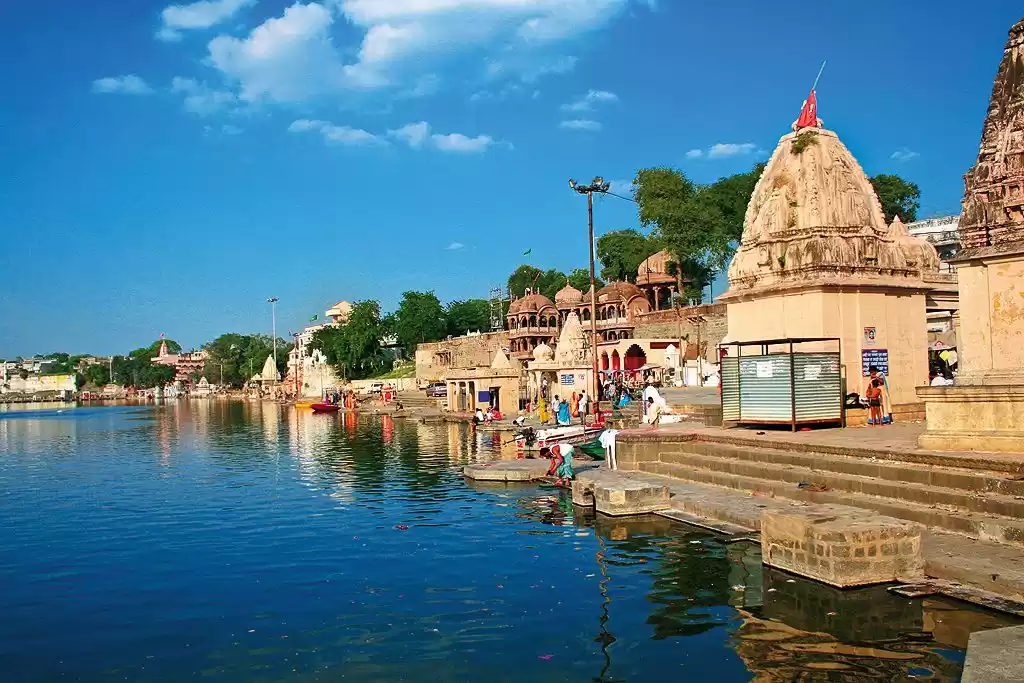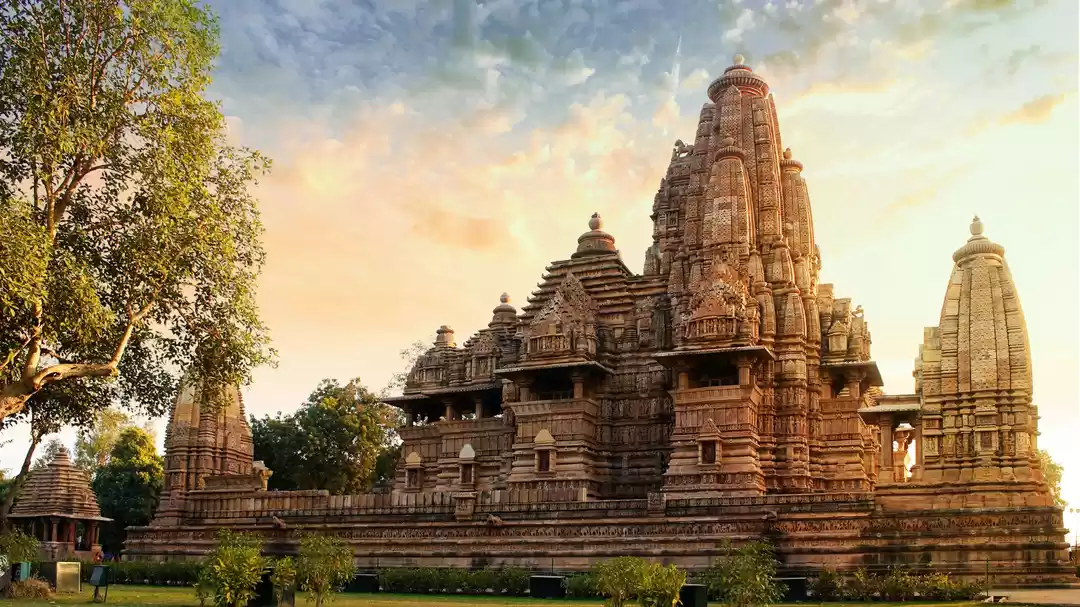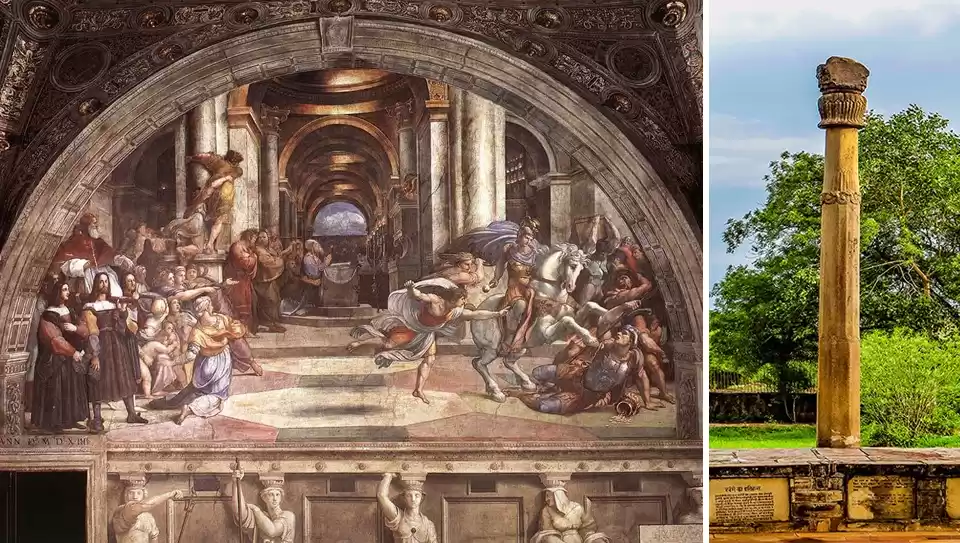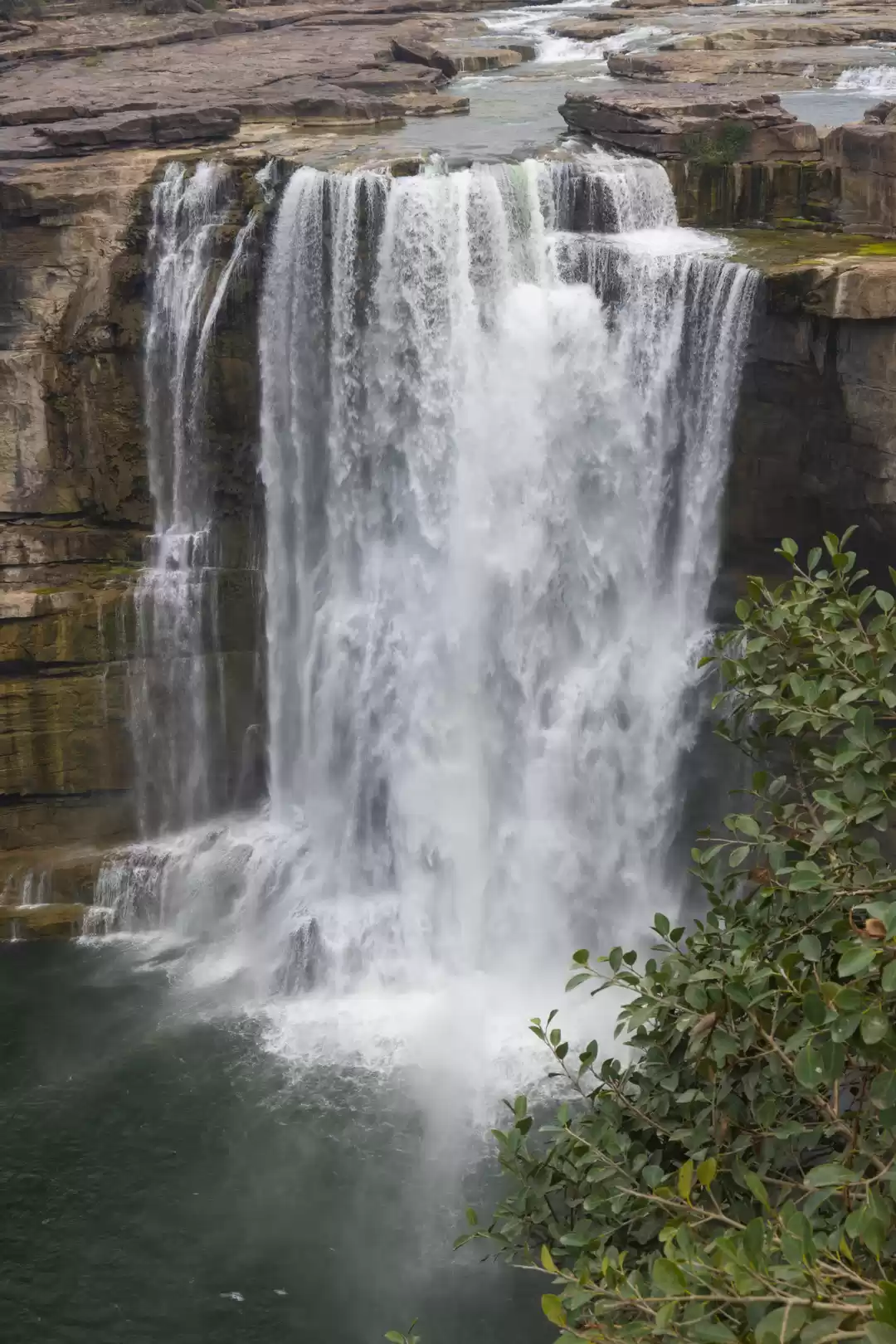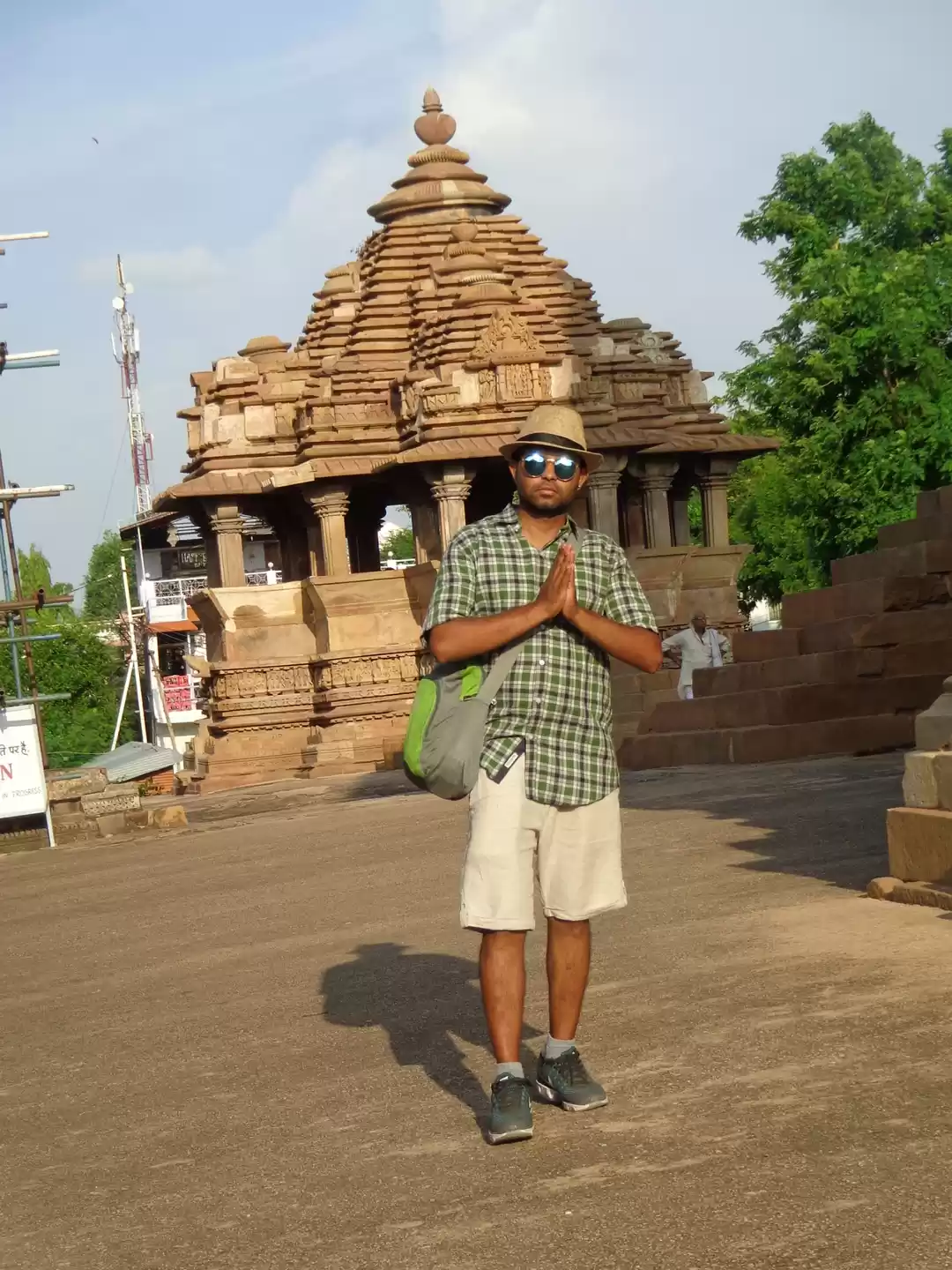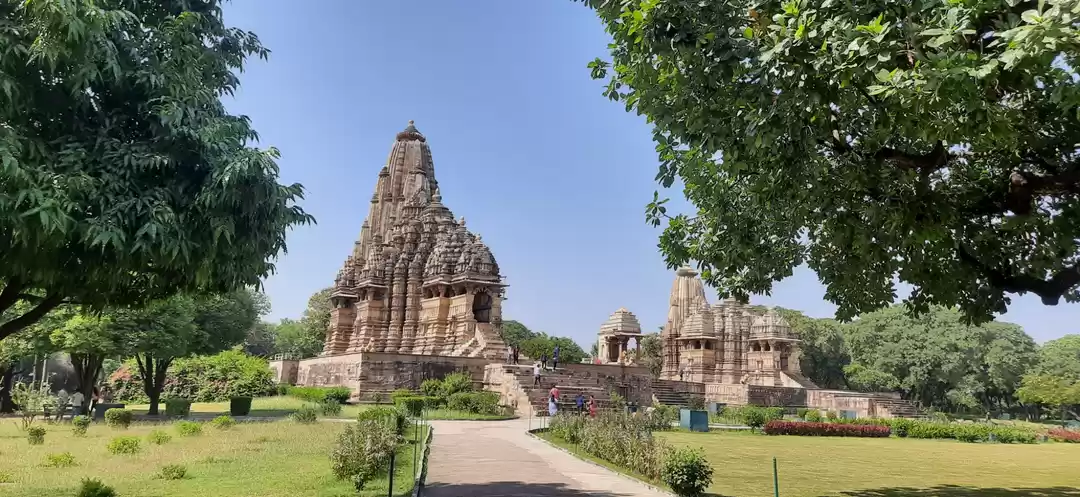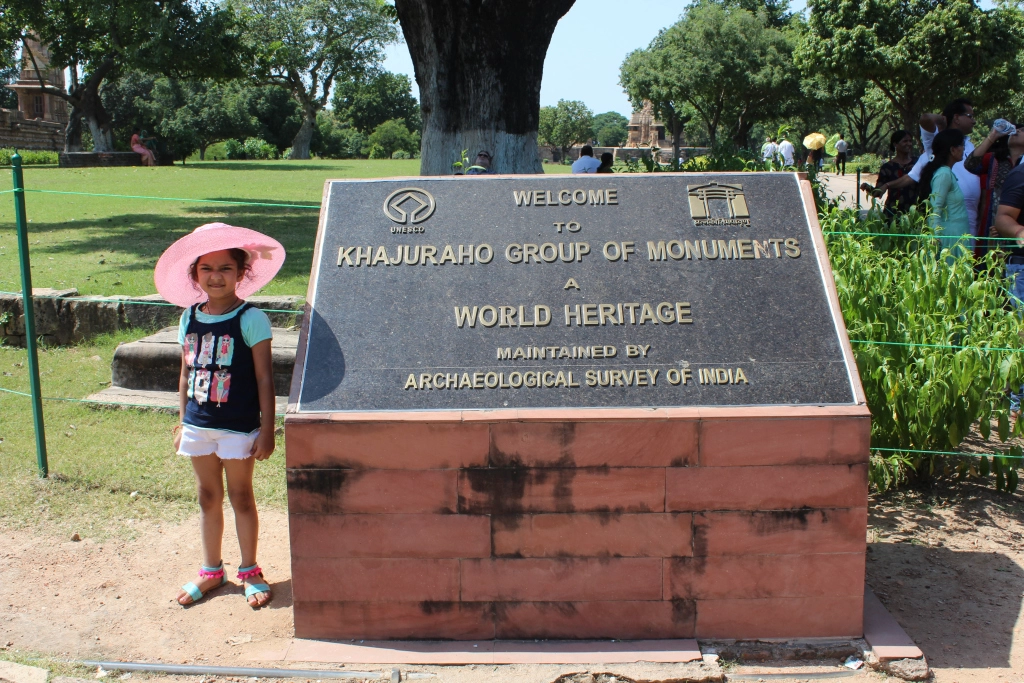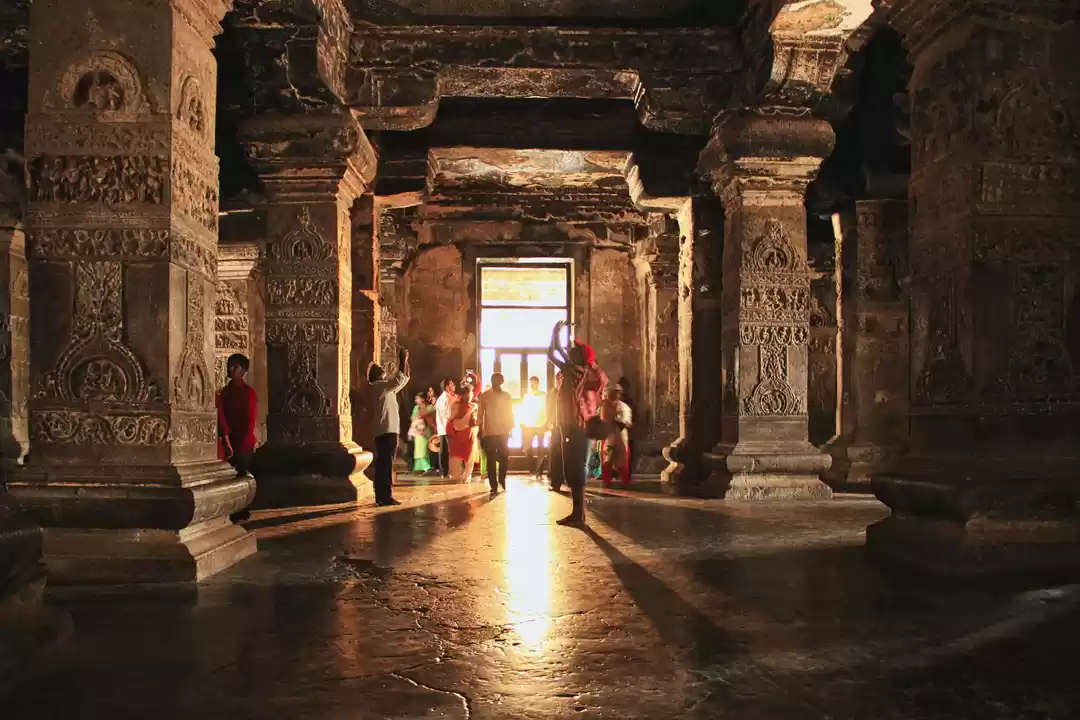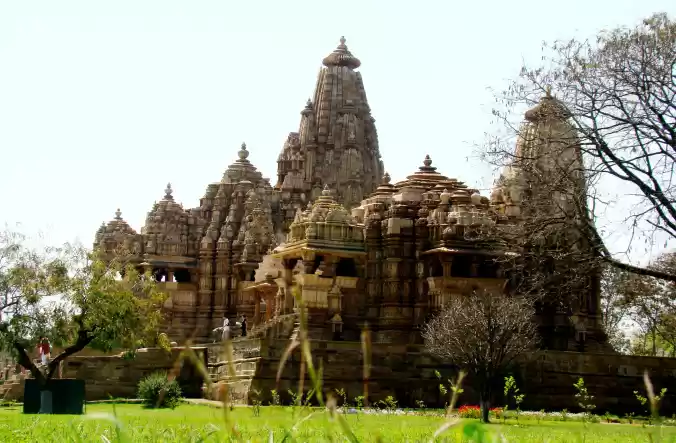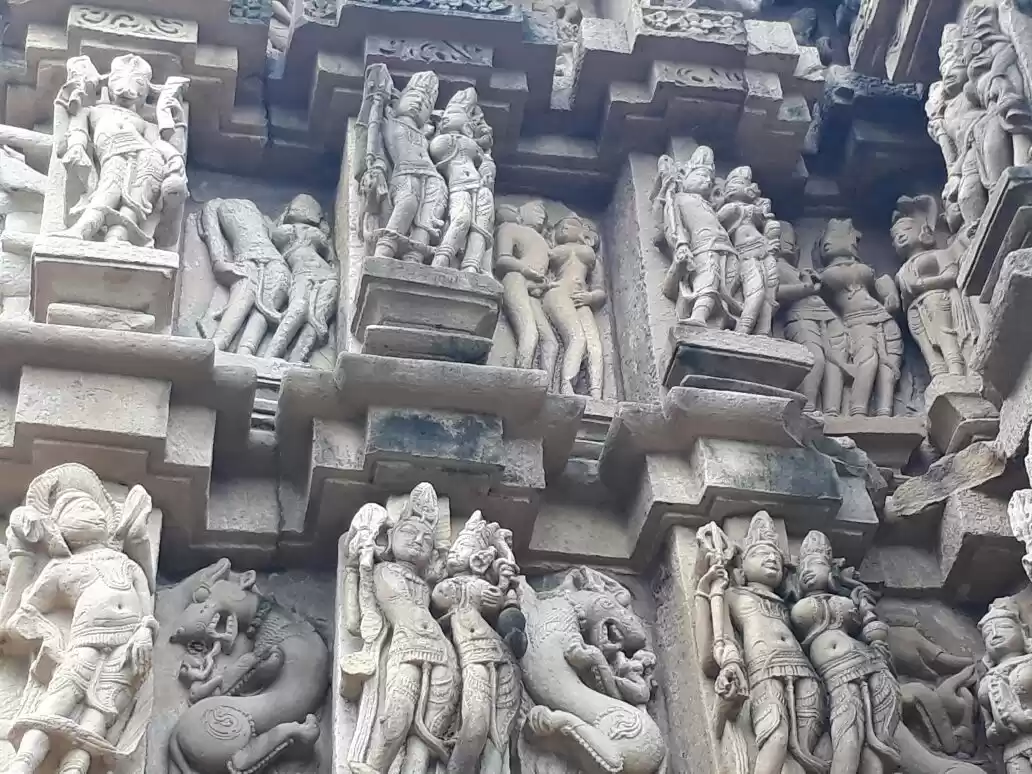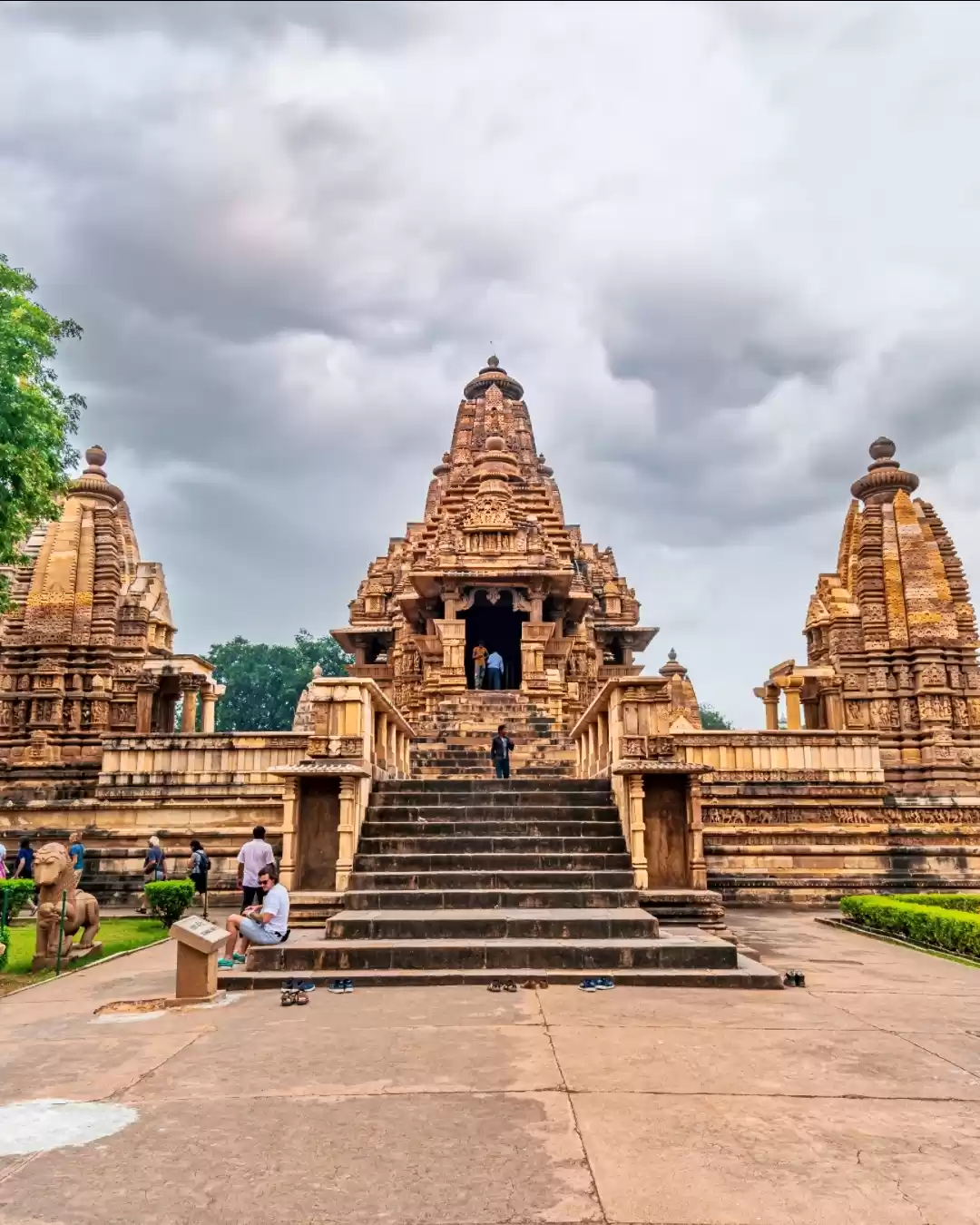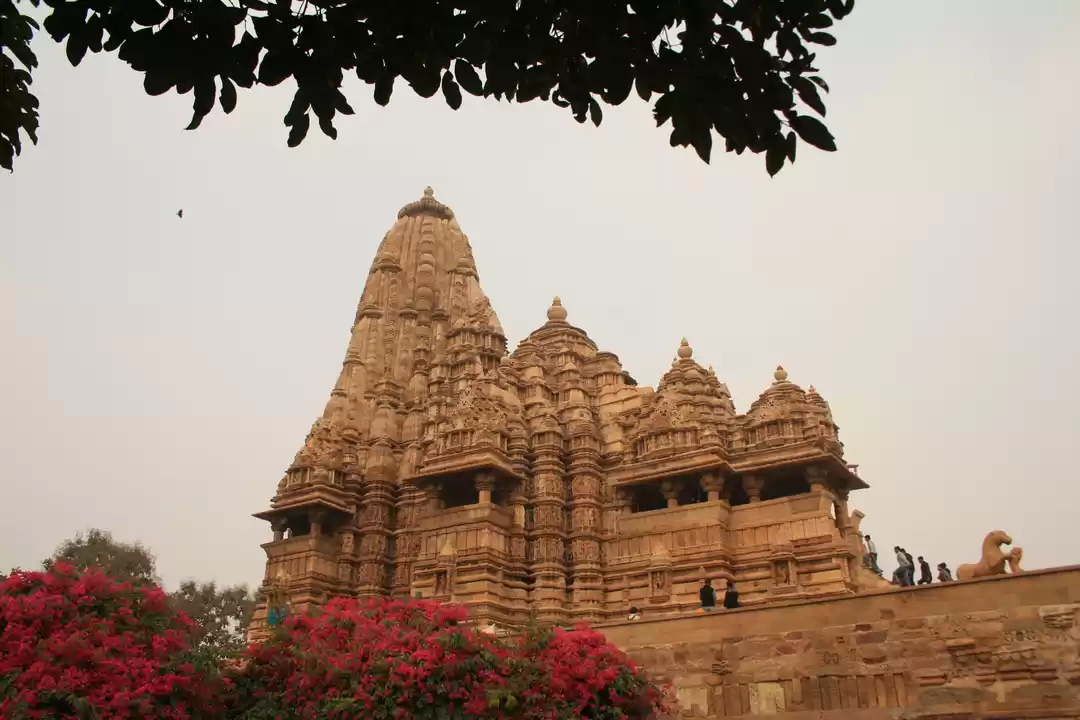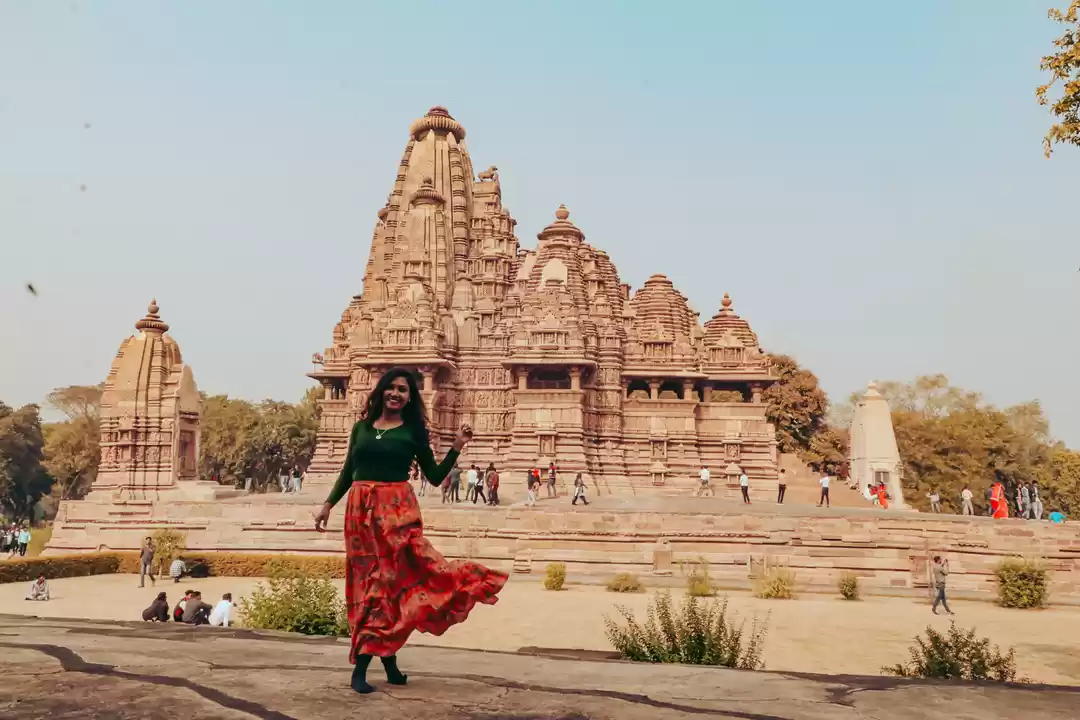
Built by the Chandelas in the 10th century, Khajuraho group of temples are one architectural marvel. The origin of the name Khajuraho comes from the 'Khajur' or the Date Palm tree which is found in abundance in this region. It was the first capital of the Chandela rulers in the 10th to the 14th centuries. A small town in Madhya Pradesh, Khajuraho conjures up images of timeless beauty and serenity. This UNESCO World Heritage Site is known to attract tourists from all over the world because of its past and traditional legacies. The temples of Khajuraho have the most erotic sculptures that cannot be found anywhere else in the world. These sculptures depict the lives of different people, from kings to courtesans, from scholars to blacksmiths.



Most of the temples in India were destroyed when the Mughals invaded, but due to their remote locations, Khajuraho group of temples were missed because of their relatively remote location. They were discovered by British archaeologists in the 1800's. The local tradition lists 85 temples but now only 25 are standing examples in various stages of preservation. The Khajuraho temples were built over a span of 200 years, from 950 to 1150. The whole area was enclosed by a wall with eight gates and are set in an archeological park with mowed lawns and landscaped gardens.

The temples in Khajuraho are broadly divided into three parts : the Eastern group, the Southern Group and the Western group of temples. The artistry and the intricate detailing on these sculptures is worth noticing. These temples are made of granite and sand stones built on high platforms. All the temples have a sanctum sanctorum or 'garbha griha'. The temples are constructed in famous 'Nagada' style of architecture dedicated to Lord Vishnu. The famous western group of temples which are entirely based on Hindu religion are the most exquisite among all.

The temples serve as fine examples of Indian architectural styles that have gained popularity due to their explicit depiction of the traditional way of sexual life during medieval times. There are different theories about why these temples have erotic sculptures on the outer walls and none inside the temple. Some people believe it to be the depiction of 'Kamasutra'. One can find dancing couples, musicians, potters, farmers but only 10% of the Stone carvings at Khajuraho temples contain sexual themes. The temples depict a great deal more than just sex.

The erotic art is widely believed to be an energetic celebration of life and creation as a way of life. One of Khajuraho's most iconic carvings is a panel depicting a couple in intercourse, with a maiden assisting on each side.



Do wait to check out the Light & sound show in the evening by the Archaeological Survey of India which includes a narration of the temple history and architecture.

Whole Khajuraho town can be explored in a day or two depending your interests in art & architecture. One can extend the trip to the nearby jungles of Bhandhavgarh National Park where story of Mowgli came to life. The Rane and Pandav waterfalls make for excellent day long excursions from Khajuraho. One can also visit Panna, famous for its National Park and diamond mines.
One can reach Khajuraho by road or train via Bhopal or Jhansi. Also there are some flights which come to Khajuraho but only from Delhi.

These famous sculptures are exquisite, executed with a joy, fluidity and lack of inhibition that is now rarely found in today's India. Strolling down the corridors of these temples is a completely enchanting experience and should be experienced atleast once in a lifetime.




